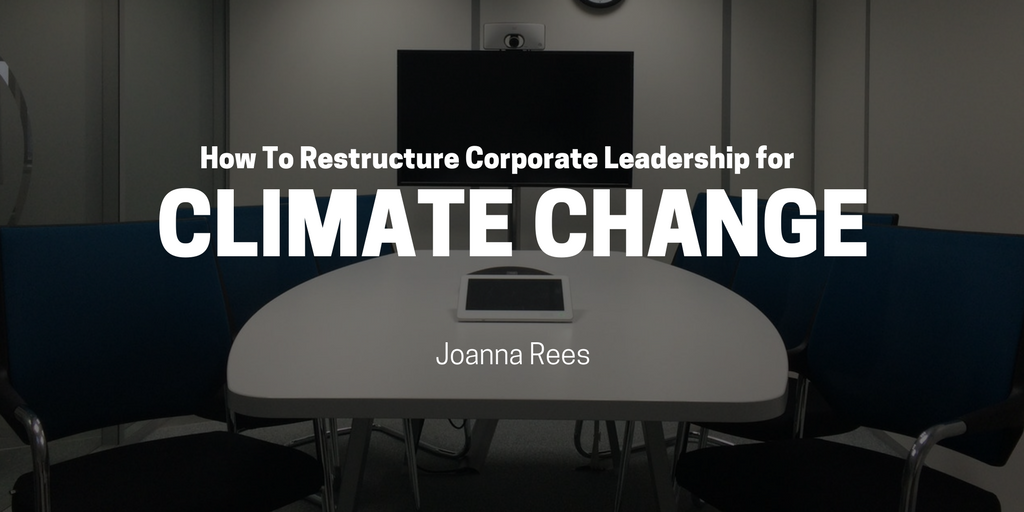With recent shakeups in the Paris Climate Agreement, including the United States withdrawing entirely, others must take up the fight to slow climate change. This is a difficult proposition to be sure, and will require the efforts of a variety of individuals. I’ve written in the past about how individuals and cities can work toward a more sustainable future, but what about corporations?
Corporations, particularly those that have been established for some time, can be slow to change and difficult to hold accountable due to the considerable power and influence they wield. This is why companies interested in being environmentally conscious should work to serve as an example to others. Yes, it can be challenging to restructure in a sustainable manner, but these changes also present opportunities to improve other aspects of an organization and work environmental consciousness into its values.
These changes should be both internal and external; from crafting new strategy that incorporates an awareness of climate change to engaging with others in the industry about the best approach to these new tactics. With work, a company can even achieve net-zero carbon emissions, perhaps the gold standard for becoming climate-competent.
The first thing any company leader should understand is that climate change is not a looming threat, but rather a problem that has already begun happening. While it may very well be impossible to reverse, we can work to slow it down so that its damage is mitigated. Many companies have already begun working to achieve net-zero emissions by 2050, but more will need to join if a meaningful impact is to be made. Other companies are striving to be transparent about their emissions with the intention of holding themselves accountable to change in the near future.
The best way to transition a company to the point where it is working on carbon neutral solutions is by reevaluating leadership. Consider bringing leaders with relevant climate experience onto the board, with the intention of having them lay out a climate plan for the future. Multiple board members may be necessary, as a variety of expertise is crucial when it comes to discovering a solution. To be certain, there is no one solution, and it is a team effort to discover what might work for a certain company.
The objectives here go beyond just adjusting the company’s carbon output, but convincing others to do the same. Climate-conscious board members should work to engage with stakeholders to figure out joint solutions to these problems. In time, these leaders may instill their values in others on the board, encouraging them to become more climate-conscious leaders. Beyond this, educating the rest of the company and establishing environmental consciousness as part of a company’s values is necessary and can attract other talent looking to make a difference.
With these changes comes the opportunity to break into a burgeoning market for the new technologies that will help companies achieve net-zero emissions. Obsolete infrastructure will have to be replaced in a cost-effective manner, leading to companies that will have to step up to provide solutions. A savvy company already working to reduce their emissions may see an opportunity in the market that did not exist several years ago.
The time of energy-inefficient corporations is starting to come to an end, especially when many consumers are becoming more conscious of the companies they patronize. Beyond this, climate change can simply not be ignored any longer if we as a society wish to avert long-term catastrophe. If a company’s board leadership is reevaluated with sustainability in mind, it can adapt its strategy accordingly. Advocacy at this stage is important, as it may be an important difference in the ongoing struggle for a sustainable future.

